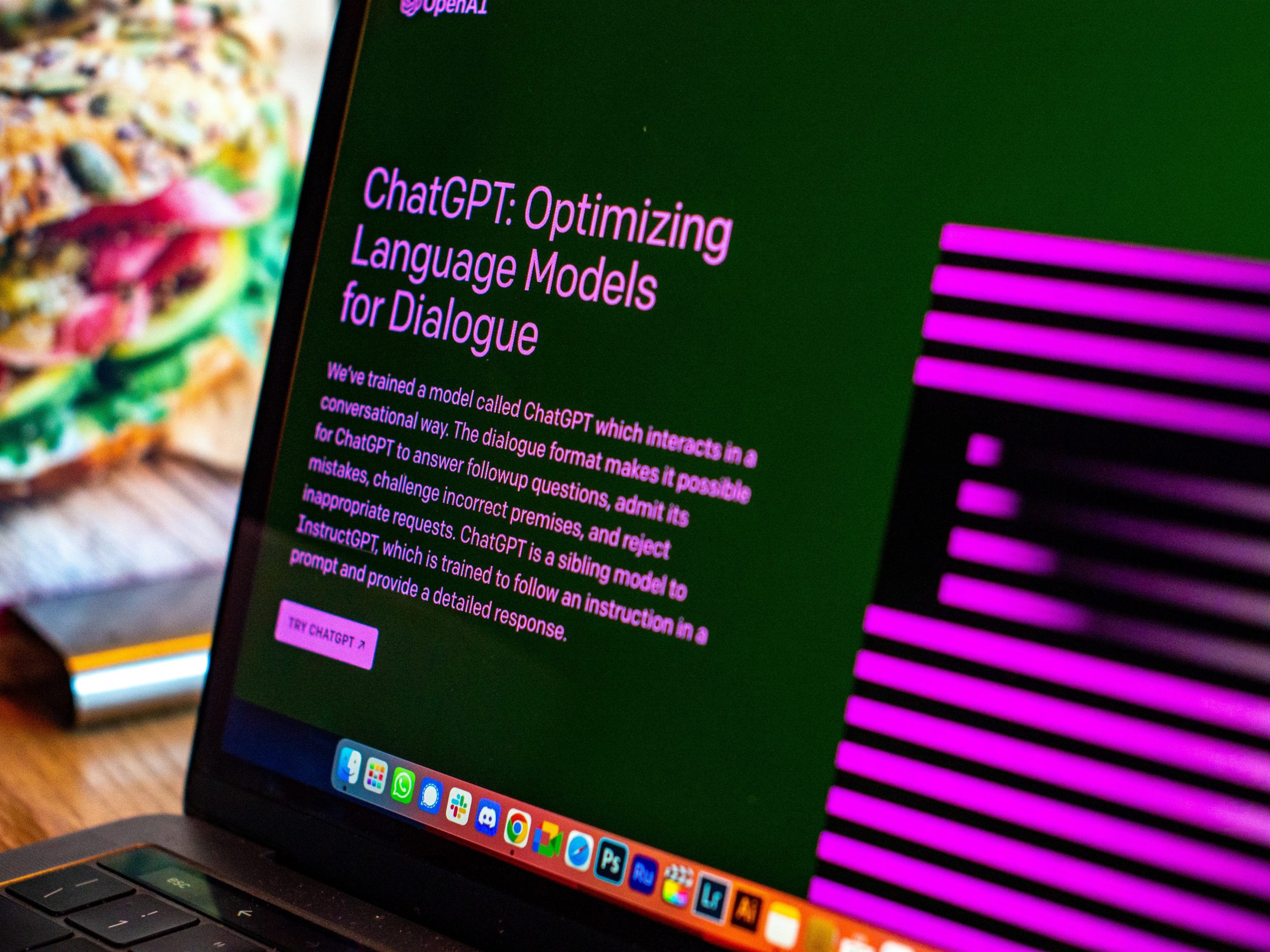 Vincent Obia of the University of Lagos explains the push towards multistakeholder governance of digital platforms, and looks specifically at UNESCO’s 2023 guidelines that outline a multistakeholder strategy for internet governance.
Vincent Obia of the University of Lagos explains the push towards multistakeholder governance of digital platforms, and looks specifically at UNESCO’s 2023 guidelines that outline a multistakeholder strategy for internet governance.
There is a growing consensus among international bodies (such as the World Economic Forum), researchers, and even digital platforms (such as Google) on the need for a global multistakeholder framework that addresses the harms and risks inherent in the evolution of digital technologies. As a system of regulation that is run by state, corporate, and civil society actors, multistakeholder governance itself is not new. It has always existed in the operational mechanisms of organisations like the International Telecommunication Union (ITU), which was established in 1865. In 2006 came the creation of the Internet Governance Forum (IGF), a global multistakeholder assembly for discussing digital public policy. And there have been talks of a Social Media Council, which would be another global multistakeholder body aimed at developing and enforcing rules on platform regulation and content moderation. What is new, however, is the added impetus around multi-stakeholderism, as is noticeable in recent calls for multistakeholder governance of AI – underscoring a paradigm shift in digital regulation.
Harvard scholars John Bowers and Jonathan Zittrain describe this paradigm shift as a movement from the era of Rights (early 1990s to 2010), when platforms were left to do as they pleased because of civil liberty concerns to the era of Public Health (2010 to around 2020), when the need for platform accountability measures to guard against online harms became the dominant ethos. We now live in what they call the era of Process, to be defined by consensus between platforms, regulators, and users – a pointer to multi-stakeholderism. Underlying this shift to a multistakeholder solution is a recognition that the complex challenges of new media technologies (such as the fact that they operate across multiple jurisdictions) means that online risks cannot be sufficiently mitigated using single-actor approaches.
This is something that UNESCO acknowledges in its “Guidelines for the Governance of Digital Platforms” (henceforth, ‘The Guidelines’) released in October 2023. Based on a rights- and risk-based approach, the Guidelines outline a multistakeholder strategy that provides obligations for various stakeholders. Here, I aim to examine the Guidelines as an example of a contemporary approach to multistakeholder regulation. I argue that UNESCO’s approach, whilst useful, does not address issues around the paradox of participation and inclusivity in multistakeholder regulation. It also duplicates existing multistakeholder processes, without accounting for some inherent practical challenges.
The ‘Governance System’ as the Centrepiece of UNESCO’s Guidelines
In reviewing the Guidelines, three main themes are apparent:
- First is the establishment of a rights-based approach to regulation to promote freedom of expression, access to information, and other human rights based on international human rights and standards (Paragraph 2 of the Guidelines).
- Second is UNESCO’s resolution to make the Guidelines a “living document, subject to periodic reviews and updates” – showing that the document allows for flexibility.
- Third, and perhaps most important, is that the Guidelines seek to “encourage and contribute to the development of global multistakeholder networks” (Paragraph 7a) and also “encourage as much worldwide convergence as possible in platform governance to avoid internet fragmentation” (Paragraph 7d).
What this underscores is UNESCO’s recognition of the centrality of multi-stakeholderism in the governance of digital platforms. The approach that the Guidelines propose is a complex “Governance System,” the operation of which can be understood in three parts.
- First, the Governance System is a three-tier hierarchical structure that finds expression at the national, regional, and global levels. This means there will be a Governance System for each nation, each region, and one overall Governance System for the globe, and all of these are to cooperate and share best practices (Paragraph 54).
- Second, each Governance System will be able to draw from three regulatory arrangements: platform self-regulation, co-regulation, and statutory regulation (Paragraph 45). Each System can effectively decide what works best for them, knowing that self-regulation includes independent periodic mandatory audits to assess platform policies (Paragraph 58), co-regulation is a mix of industry and state measures, and it allows for state-enforced fines (Paragraph 59), and statutory regulation involves law and an independent regulatory authority that mainly considers content moderation (Paragraph 60).
- Third, in each tier, three actors carry out three main functions. The actors include states, platforms, and other stakeholders such as civil society groups. Their functions are outlined in Paragraphs 26 to 41 of the Guidelines. For states, their functions relate to adopting laws that are grounded in human rights principles, establishing independent regulatory authorities, and refraining from punitive actions such as internet shutdowns. Platforms are to ensure that their moderation and curation practices are transparent and that they carry out human rights impact assessments. And civil society groups are expected to play oversight roles over states and platforms and are to actively contribute to the development and running of the Governance System in each tier.
UNESCO’s Governance System: Limits and Options
In adopting the Governance System, UNESCO has effectively endorsed multi-stakeholderism, aligning with Bowers and Zittrain’s position that multi-stakeholderism is the next frontier of digital platform regulation. I have also previously upheld this position by calling for a multistakeholder protocol that is inclusive, systemic, and flexible. UNESCO’s Governance System ticks some of these boxes: as a “living document,” it is designed to be flexible. It also highlights the importance of international human rights and calls for impact assessments. Nonetheless, it does not go far enough to address systemic regulation, by, for instance, targeting platform algorithms and business models, which are designed to amplify harmful content.
When it comes to being inclusive, there is little to suggest that the Guidelines address challenges around the paradox of participation – which means to secure greater inclusion of historically marginalised communities (such as Global South stakeholders) in governance discussions but not in substantive outcomes. It is positive that the Governance System allows for national and regional tiers, but at the global level, the Guidelines do not outline measures to address the paradox of participation.
There are also practical issues that the Guidelines do not account for. What if some countries adopt the Governance System and others don’t? Should there be a threshold for a minimum number of countries or regions that must adopt their respective Governance Systems before a global Governance System can be constituted? The Guidelines outline the composition of national Governance Systems, but what about regional and global Governance Systems? What kind of powers will they have and how will they enforce their decisions? Also, should the global Governance System adopt platform self-regulation, co-regulation, statutory regulation, or a combination of these?
These are questions that point to the need for UNESCO to rework its approach, since it intends to hold further discussions to operationalise the Guidelines (Paragraph 148). The questions highlight the existential challenges that the Governance System will face, if it ever takes off.
As an alternative, the ideal option would be to rethink the Governance System by addressing the above questions and granting it adequate and well-defined powers to deal with systemic issues around digital platform regulation and the paradox of participation, while leaving regional and national governments and stakeholders to develop their systems. A second approach would be to repurpose the IGF to serve as a global regulatory body with the requisite powers to carry out regulatory and oversight functions. This second approach would be more cost-effective and less disruptive, since there are already regional and national IGFs that can be recalibrated to serve the functions that the Governance System envisages. Either way, UNESCO’s proposal signals the onward march toward multi-stakeholderism as the next frontier of digital platform regulation. What remains is the development of a multistakeholder system that works.
This post represents the views of the author and not the position of the Media@LSE blog, nor of the London School of Economics and Political Science.





